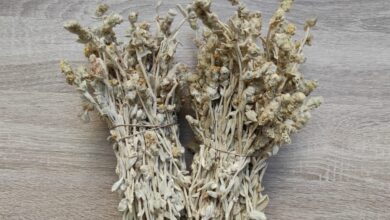Continental Climate: [Characteristics, Flora, Fauna and Adaptability]
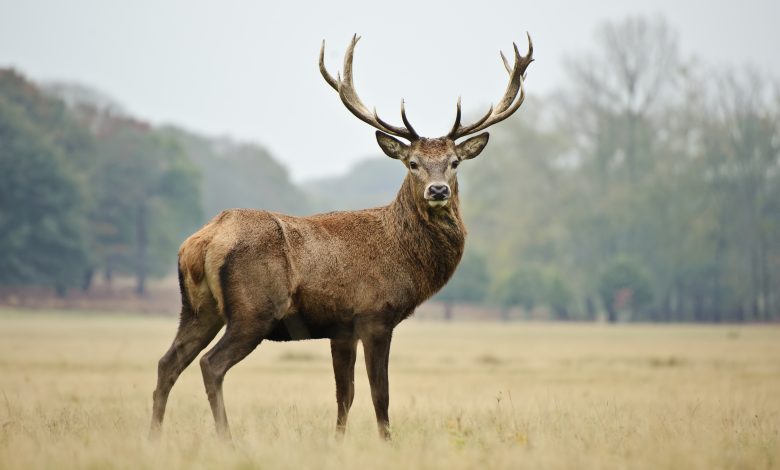
Important points about the continental climate:
- What is? The continental climate is one that presents the 4 seasons in a very differentiated way, with hot summers and cold winters.
- Where it is located? The continental climate is present in the northern areas of the continents, specifically between 40 and 60º latitude.
- What flora predominates? In the continental climate there are forests of very specific flora species, such as conifers. Other trees that also have a strong resistance are maples and oaks.
- What fauna predominates? The representative fauna of the continental climate includes bears, squirrels, deer, hawks, wild cats, moose, wolves, etc.
- How long is the day and night? In winter the nights are longer, lasting up to 15 hours depending on the latitude where you are. In the same way, in summer, the days are longer, occupying up to 15 hours as well.
- Can human beings live in this climate? Human beings are perfectly adapted to the continental climate. In fact, there are highly populated cities that have this type of climate.
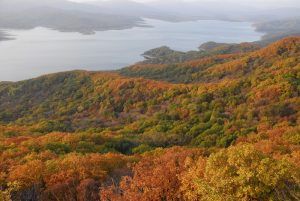 The continental climate is one of the most contrasting variations that we can find in the world.
The continental climate is one of the most contrasting variations that we can find in the world.
Yes, it is that climate that is very cold in winter and very hot in summer, but where precipitation occurs at different times depending on the area.
It is distributed in almost all continents, occupying a large area of certain countries. And if you want to know a little more about him, here we have prepared this post that will surely get you out of doubt. Do you sign up to read it?
What is the continental climate?
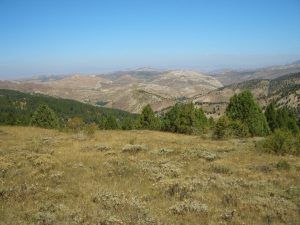 The continental climate is one that presents the 4 seasons in a very differentiated way, with hot summers and cold winters.
The continental climate is one that presents the 4 seasons in a very differentiated way, with hot summers and cold winters.
In summer, the average temperature can be around 30º C, while in winter it can be below 0º C.
Precipitation is variable depending on where you are, since in some areas it is distributed throughout the year, while in others it only rains in summer or winter.
It is a climate with a great thermal amplitude that occupies a large part of the northern territory of the world, especially in those areas that do not have coasts.
Where is the continental climate located geographically?
 The continental climate is present in the northern areas of the continents, specifically between 40 and 60º latitude.
The continental climate is present in the northern areas of the continents, specifically between 40 and 60º latitude.
This occupies countries like Canada and the United States in America, as well as much of Europe and the Russian region known as Siberia.
To the south, the range of these latitudes also exists this climate, occupying the Pampa Seca region in Argentina. And in Africa it exists in a small area in the north of the continent.
What characteristics does the continental climate have?
To define that an area has a continental climate, one must look at the following characteristics:
- Summers: they are rainy and hot, even reaching 60º C in some areas. The rains occur more than anything in the summer, beginning in the final days of spring. These are of stormy condition in some cases.
- Winters: they are cold and, in contrast to other winters in the world, there are not frequent precipitations. Temperatures can go below 0º C when they become extreme and with many risks of frost.
- Types: due to its own territorial conditions, the continental climate is usually subdivided into three types: the Ukrainian type, the Marchurian type and the Siberian type.
- Rainfall: they are variable depending on the place where the weather occurs. In some areas they are constant throughout the year, while in others they barely occur or do so in very specific seasons, some in summer, others in winter.
- Winds: they are usually influenced by the proximity or distance to the sea, becoming more frequent and stronger the closer to the coast.
What flora predominates in the continental climate?
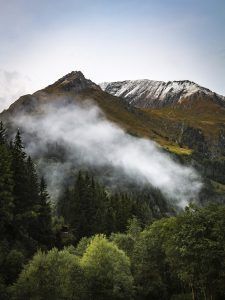 The flora of this area is reduced by the constant climatic variability that is generated throughout the year.
The flora of this area is reduced by the constant climatic variability that is generated throughout the year.
To get the plants to thrive during the cold months, some species tend to lose their leaves and go dormant.
However, this does not exempt many from dying in the presence of frost. In the continental climate there are forests of very specific species of flora, such as conifers, which have the opportunity to adapt to existing conditions.
Other trees that also have a strong resistance are maples and oaks, which grow during the summer and rest in winter. They are even so adaptable, that when temperatures are extremely high in summer, the trees are able to go dormant.
The reason for this is to avoid becoming dehydrated from the perspiration process.
What fauna predominates in the continental climate?
 The animals of the continental climate have had to adapt, as in the case of the flora, to remain within the territorial spaces they occupy.
The animals of the continental climate have had to adapt, as in the case of the flora, to remain within the territorial spaces they occupy.
Normally, they establish a period of hibernation during the winter that allows them to stay alive in the absence of food.
Other species, such as birds, look for warm spaces to migrate to while the bad weather passes and everything returns to being as warm as they like.
The representative fauna of the continental climate includes bears, squirrels, deer, hawks, wild cats, moose, wolves, etc.
How long is the day and night in the continental climate?
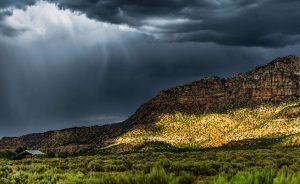 The length of day and night is influenced by the cycle of the seasons and the stages of equinoxes that occur in summer and winter.
The length of day and night is influenced by the cycle of the seasons and the stages of equinoxes that occur in summer and winter.
The normal thing that happens is that in winter the nights are longer, lasting up to 15 hours depending on the latitude where you are.
In the same way, in summer, the days are longer, occupying up to 15 hours as well. Variability in the length of day and night occurs throughout the year, as the earth revolves around the sun with its translational movement.
Can human beings live in the continental climate?
 Human beings are perfectly adapted to the continental climate. In fact, there are highly populated cities that have this type of climate.
Human beings are perfectly adapted to the continental climate. In fact, there are highly populated cities that have this type of climate.
Here we find, for example, Montreal, New York, Toronto, Chicago, Berlin, Stockholm, Seoul, among others.
The use and enjoyment of the land and the raising of animals for consumption is carried out taking care of the ideal conditions for development. For example, in planting issues, it is common to follow calendars that are adapted as the seasons go by.
At a macro level, many species are grown in greenhouses that allow them to have the ideal and constant conditions to always stay well. This ensures that the food is available throughout the year, although not always with the same species of consumption.
The continental climate is wide, covers a large area of land around the world and that makes it one of the best known. Although at certain points the thermal variability is complex and intense, it is not present in all its extension, which is why it allows human life and varied flora and fauna.
Bibliographic references
- Climate and vegetation , À Romo – 2000 – digital.csic.es
- Continental climate: the central plateau of Spain, L García de Pedraza – 1978 – repository.aemet.es
- Morphological and nutritional diagnosis of Pinus pinaster Ait. produced in a nursery in a continental and rainy climate, FJ Lario, B Omil, A Merino, L Ocaña – … established: Palencia, 22-23 of …, 2013 – tragsa.es
- Study of the daily concentration of precipitation in oceanic, Mediterranean and continental climate observatories in Europe, AP Agudo Gil, JC González-Hidalgo – zaguan.unizar.es
- The mountains and the climate, L García de Pedraza – 1974 – repository.aemet.es
Maybe you are also interested in:
- Koppen climate classification: [Concept, Characteristics and Types of Climates]
- Alpine Climate: [Characteristics, Flora, Fauna and Adaptability]
- Arid Climate: [Characteristics, Flora, Fauna and Adaptability]
- Temperate Continental Climate: [Characteristics, Flora, Fauna and Adaptability]
- High Mountain Climate: [Characteristics, Flora, Fauna and Adaptability]
- Climate of Argentina: [Characteristics, Flora, Fauna and Adaptability]
- Australia Climate: [Characteristics, Flora, Fauna and Adaptability]
- California Climate: [Characteristics, Flora, Fauna and Adaptability]
- Climate of Europe: [Characteristics, Flora, Fauna and Adaptability]
- Tundra Climate: [Characteristics, Flora, Fauna and Adaptability]
- Equatorial Climate: [Characteristics, Flora, Fauna and Adaptability]
- Cold Climate: [Characteristics, Flora, Fauna and Adaptability]
- Cold Weather: [Characteristics, Flora, Fauna and Adaptability]
- Mediterranean Climate: [Characteristics, Flora, Fauna and Adaptability]
- Ocean Climate: [Characteristics, Flora, Fauna and Adaptability]
- Polar Climate: [Characteristics, Flora, Fauna and Adaptability]
- Subpolar Climate: [Characteristics, Flora, Fauna and Adaptability]
- Subtropical Climate: [Characteristics, Flora, Fauna and Adaptability]
- Subhumid Temperate Climate: [Characteristics, Flora, Fauna and Adaptability]
- Temperate Climate: [Characteristics, Flora, Fauna and Adaptability]
- Humid Tropical Climate: [Characteristics, Flora, Fauna and Adaptability]
- Dry Tropical Climate: [Characteristics, Flora, Fauna and Adaptability]

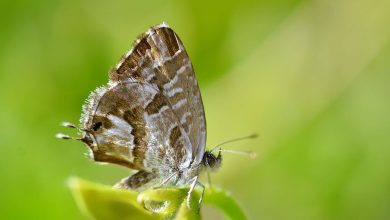

![Photo of Prune Strawberries: [Importance, Season, Tools, Considerations and Steps]](https://www.complete-gardening.com/wp-content/uploads/2022/08/prune-strawberries-importance-season-tools-considerations-and-steps-390x220.jpg)
